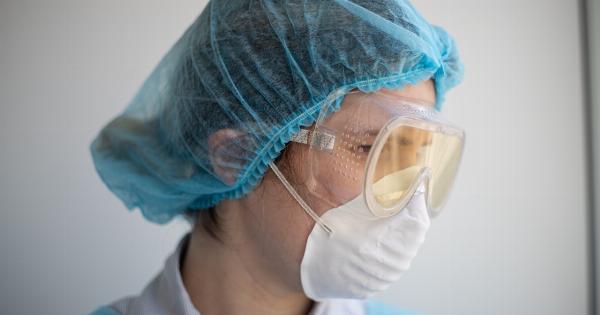Fractures, or broken bones, are a common injury that can significantly impact a person’s daily life.
The healing process for fractures can be lengthy and sometimes complicated, requiring immobilization, physical therapy, and close monitoring by healthcare professionals. However, recent advancements in medical technology have given rise to a new innovation known as smart plaster, which can greatly accelerate the healing process of fractures.
What is a Smart Plaster?
A smart plaster, also known as an electronic bandage or smart bandage, is a technologically advanced wound dressing that goes beyond the conventional functions of a regular plaster.
It incorporates various sensors, microelectronics, and materials with healing properties to actively monitor the healing process and stimulate faster bone regeneration.
How Does a Smart Plaster Work?
Smart plasters are designed to provide real-time monitoring of the fracture healing process.
The sensors embedded within the plaster can detect various parameters such as temperature, moisture levels, pressure, and pH levels in the surrounding skin and tissues.
These sensors transmit the data wirelessly to a connected device or smartphone, allowing healthcare professionals to monitor the progress remotely.
Any significant fluctuations or abnormalities in the healing process can be identified early on, enabling prompt intervention and adjustment of treatment plans.
Accelerated Fracture Healing with Smart Plaster
The healing process of fractures involves the formation of a callus, which is a bridge of new bone tissue that connects the broken ends.
Traditionally, this process can take several weeks or even months, depending on the severity of the fracture and individual patient factors.
Smart plasters are designed to expedite this healing process through various mechanisms:.
1. Controlled Drug Delivery
Smart plasters can be loaded with medications or growth factors that promote bone regeneration. These substances are released in a controlled manner directly at the fracture site, ensuring maximum efficacy.
The targeted delivery of these therapeutic agents enhances the healing process and reduces the overall recovery time.
2. Electrical Stimulation
Electrical stimulation has been shown to enhance bone healing by promoting the production of collagen and stimulating the movement of calcium ions, crucial for bone formation.
Smart plasters can incorporate small electrical circuits that deliver a low-intensity electrical current to the fracture site. This stimulation accelerates the bone healing process and improves the overall strength of the healed bone.
3. Mechanical Stimulation
In addition to electrical stimulation, smart plasters can also provide mechanical stimulation to the fracture site. This is achieved through the use of embedded micro-actuators that apply gentle vibrations or pressure at specific intervals.
Mechanical stimulation has been found to enhance bone remodeling and improve the alignment of the healed bone.
4. Temperature Regulation
Optimal temperature conditions play a significant role in the healing process. Smart plasters can incorporate thermoelectric components that actively regulate the temperature at the fracture site.
This ensures that the bone receives an optimal environment for healing, further accelerating the process.
Challenges and Future Directions
While smart plasters hold great promise for accelerating fracture healing, there are still several challenges that need to be addressed.
These include the cost-effectiveness of the technology, the development of more advanced sensors, compatibility with different types of fractures, and ensuring the reliability and durability of the smart plaster over extended periods of use.
However, ongoing research and development in the field of smart plasters are paving the way for future advancements.
Researchers are exploring the integration of nanotechnology, advanced biomaterials, and artificial intelligence to enhance the capabilities of smart plasters and make them more accessible to a wider range of patients.
Conclusion
Smart plasters offer a promising solution for accelerating the healing process of fractures. By combining real-time monitoring with targeted therapies and stimulation, these innovative devices have the potential to revolutionize fracture management.
As more advancements are made in the field, smart plasters may become a standard tool in orthopedic care, improving patient outcomes, reducing recovery times, and minimizing the overall burden of fractures.































